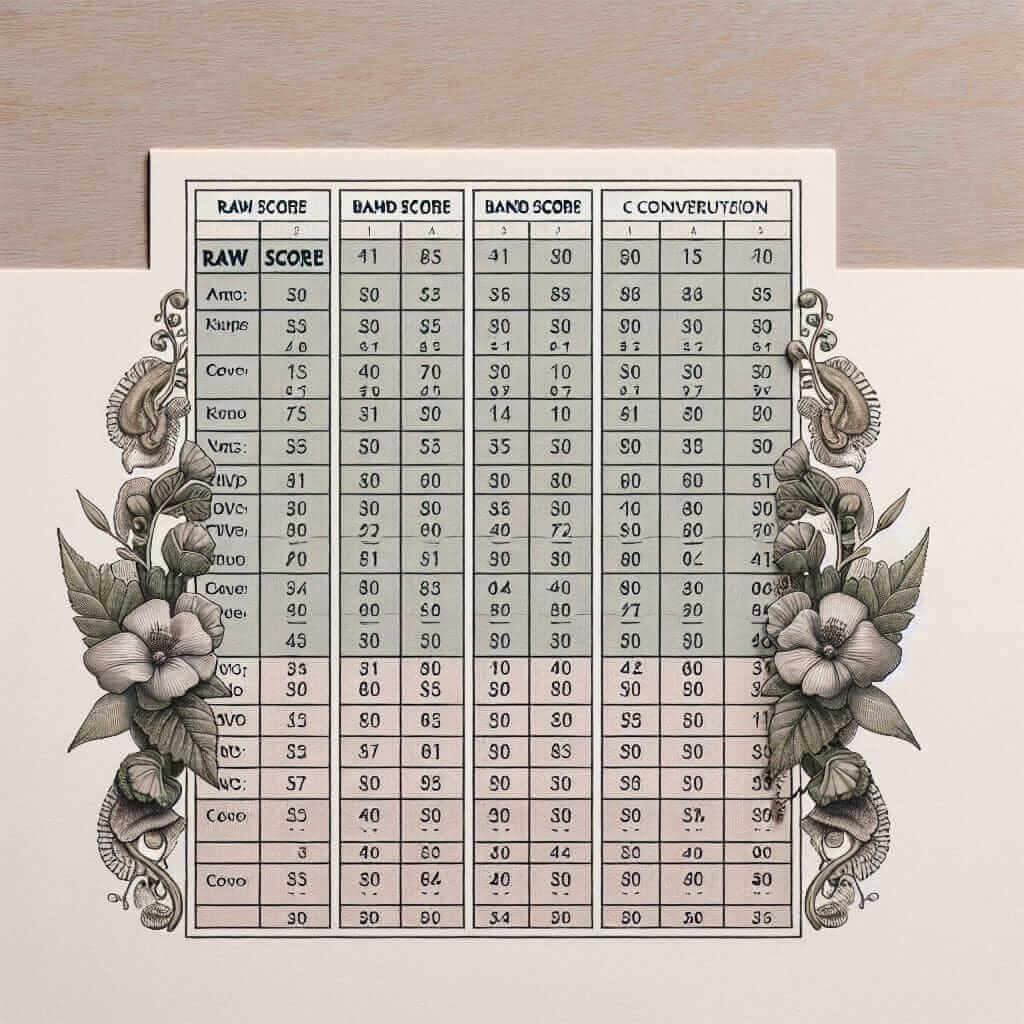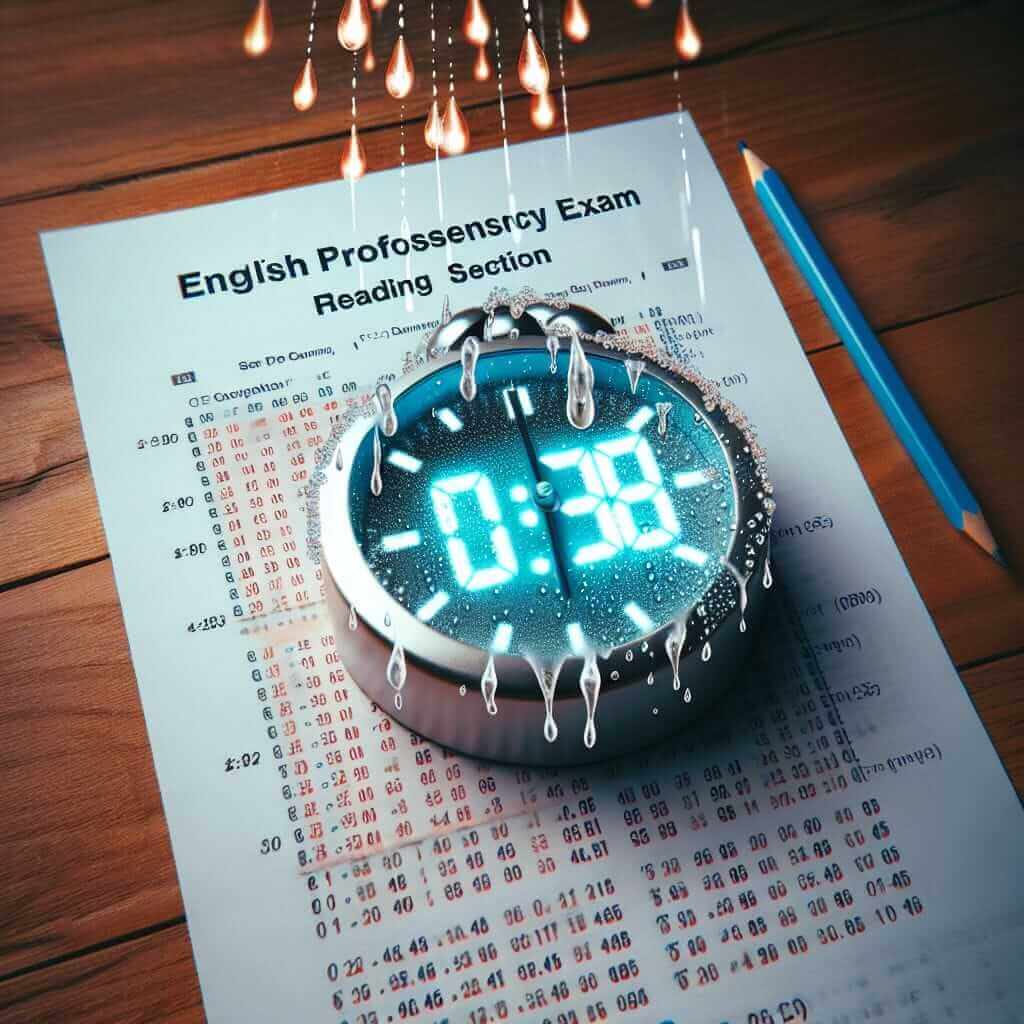As an IELTS instructor with over 20 years of experience, I often encounter students grappling with the complexities of the reading section. A frequently appearing theme is the debate surrounding graffiti – is it art or crime? This article delves into this topic, providing insights and strategies specifically for IELTS reading.
Nội dung bài viết
Understanding the “Graffiti: Art or Crime?” Theme in IELTS Reading
The IELTS reading test assesses your ability to comprehend complex texts and extract relevant information. The theme of “graffiti as art or crime” is particularly relevant as it touches upon social, cultural, and legal viewpoints – areas frequently explored in IELTS passages. You might encounter this theme in various forms, such as:
- Opinion pieces: Presenting arguments for and against graffiti as a legitimate art form.
- Sociological studies: Analyzing the motivations behind graffiti and its impact on communities.
- Historical accounts: Tracing the evolution of graffiti from ancient times to its modern forms.
- Legal perspectives: Discussing laws and regulations surrounding graffiti and its implications.
Approaching “Graffiti” IELTS Reading Passages
Here’s a breakdown of how to effectively tackle IELTS reading passages on this theme:
1. Pre-reading Skimming
- Identify the text type: Is it an opinion piece, a factual article, or a historical account?
- Scan for keywords: Look for terms like “graffiti,” “street art,” “vandalism,” “public space,” “artistic expression,” and “legal implications.”
- Note any headings and subheadings: These provide a structural overview of the passage.
2. Active Reading and Information Extraction
- Focus on understanding the writer’s main ideas and supporting arguments.
- Pay attention to different perspectives presented. Are there contrasting views on graffiti?
- Identify the author’s tone and purpose. Is it objective, biased, informative, or persuasive?
- Don’t get bogged down by unfamiliar vocabulary. Focus on grasping the overall meaning.
3. Answering Questions Effectively
- Read the questions carefully before returning to the passage.
- Locate the relevant information within the text.
- Ensure your answers are directly supported by the passage. Avoid making inferences or drawing on external knowledge.
- Pay attention to paraphrasing. Answers often rephrase information from the text.
 Graffiti Art vs. Crime
Graffiti Art vs. Crime
Example: Analyzing an IELTS Reading Question
Let’s consider a potential question based on a “graffiti” themed passage:
Question: According to the author, what is the main difference between graffiti and traditional art forms?
Approach:
- Return to the passage: Look for sections that directly compare graffiti to other art forms.
- Identify keywords: Focus on phrases like “unlike traditional art,” “different from,” or “contrast with.”
- Paraphrase the relevant information: Formulate your answer using your own words while retaining the original meaning.
Tips for Success:
- Expand your vocabulary: Familiarize yourself with terms related to art, crime, social issues, and law.
- Practice skimming and scanning techniques: This enhances your speed and information retrieval skills.
- Read diverse texts on related themes: News articles, opinion pieces, and academic journals can provide valuable context and vocabulary.
- Develop your critical thinking skills: Learn to analyze arguments, identify bias, and evaluate different perspectives.
Conclusion
Successfully navigating “graffiti: art or crime” themed passages in the IELTS reading section requires a combination of vocabulary, comprehension strategies, and critical thinking. By following the tips outlined above and engaging actively with relevant texts, you can enhance your ability to excel in this area of the exam. Remember, consistent practice is key to unlocking your full potential.


